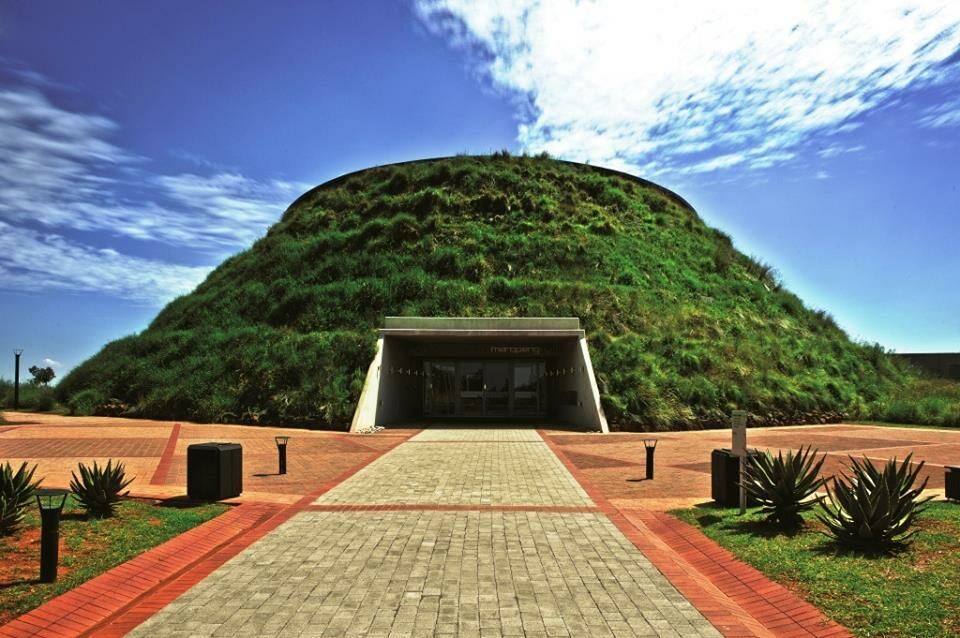The Greatest Guide To Johannesburg North Attractions
The Greatest Guide To Johannesburg North Attractions
Blog Article
Johannesburg North Attractions - Truths
Table of ContentsA Biased View of Johannesburg North AttractionsExcitement About Johannesburg North AttractionsIndicators on Johannesburg North Attractions You Need To KnowGetting The Johannesburg North Attractions To WorkUnknown Facts About Johannesburg North AttractionsSome Known Details About Johannesburg North Attractions
The city owes its place to the existence of a a lot more precious resource: gold. The city grew on the side of the Witwatersrand Key Reef, a below ground stratum of gold-bearing quartz-silica conglomerate that arcs for numerous miles underneath the Highveld. The majority of the gold mines in the city stopped operation in the 1970s, but in its day the Witwatersrand gold market made up greater than 40 percent of the world's annual gold production.Johannesburg has a temperate climate. Summertime temperatures balance concerning 75 F (24 C); winter temperature levels balance about 55 F (13 C) and just occasionally dip listed below cold. The city delights in about eight hours of sunlight each day in both wintertime and summer. Rainfall standards regarding 28 inches (700 millimetres) per annum, however the total differs significantly from year to year.
What rain the city gets drops practically solely in the summer season, frequently in amazing late-afternoon electrical tornados. Air pollution positions a significant problem, particularly in the wintertime months, when thermal inversions hamper the westward flow of air from the Indian Sea. Contamination is most extreme in the largely resolved Black townships on the city's perimeter, where lots of homeowners still rely upon coal for fuel.

The Definitive Guide to Johannesburg North Attractions
The balance of the city is inhabited by whites. Accommodation differs in personality and quality.
Physical development, although rather restricted by transportation, continued quickly as immigration to South Africa, and Johannesburg in specific, raised considerably. This trouble was solved in the 1930s when the vehicle was presented in automation to South Africa. Autos were, essentially, restricted to the well-off, and allowed them to transfer to the north of the city and commute into the centre.
The majority of bad suburbs were mixed, with bad blacks and whites living together, although the wealthy residential areas were typically scheduled for whites. This altered with the go to the website political election of the National Party in the 1948 political elections, who started to formalise the system referred to as discrimination. Apartheid officially marked which suburban areas each race might stay in under the Team Areas Act.
The previous system of eleven numbered areas was reorganised in 2006. Marshalltown, as seen from the top of the Carlton Centre. The M1 and M2 run behind the structures, and the southern suburbs Going Here extend past the freeway limit. The central city of Johannesburg lies within the city's Area F. The number of individuals living in the inner city on an informal basis is unidentified, as lots of are illegal immigrants. The unemployment, education and learning, and age accounts of the area are all unidentified, due to the difficulty of acquiring reputable information concerning the area.
Not known Details About Johannesburg North Attractions
Centred on the CBD, the area consists of the residential areas of blog Yeoville, Bellevue, Troyeville, Jeppestown, and Berea to the east. To the west it spreads out to Pageview (Johannesburg North attractions) and Fordsburg. There are small industrial parks to the south, such as City West-Denver and Benrose. Around 800,000 travelers travel through the inner city daily, and it works as a regional buying node for site visitors from the southern suburbs. Yeoville and Bellevue have a mix of home buildings and solitary residential devices on little great deals. The region is located on a mountainous divide that runs from east to west.

Getting The Johannesburg North Attractions To Work
The eastern suburbs are some of the earliest locations of Johannesburg, there are big communities of Jewish and other European backgrounds, the majority of the populace is English talking. There are three golf courses as well as a number of secured ridges with viewsites.
The area is primarily made up of old "matchbox" residences, or four-room homes built by the government, that were built to provide inexpensive accommodation for black employees during racism. Soweto is an abbreviation, representing "South Western Townships". Street after road in this area is lined with matchboxes; nevertheless, there are a few smaller sized locations where prosperous Sowetans have actually developed residences that are more comparable in stature with those in more upscale residential areas.
Hostels are another popular physical attribute of Soweto. Originally developed to house male migrant employees, numerous have been boosted as dwellings for pairs and family members. The N1 Western Bypass skirts the eastern boundary of Soweto. The suburban area was not traditionally allowed to create employment centres within the location, so practically all of its locals are travelers to various other parts of the city.
Examine This Report on Johannesburg North Attractions
The residential locations in the northern residential areas are generally formal, with no significant locations of informal real estate, or housing that does not have a permanent framework. This is a well-known area, there is a fad of land usage adjustment from property to commercial, especially along major arterial roads and around well-known nodes.
The area is well connected to roadway networks, especially along the north-south axis developed by the M1 and N1. Roadways to the east and west are much less well created, as there are no freeways taking a trip because direction. Towards the northern border of the city, the density of growth reduces, leaving big locations of untaught land around Midrand.
The Single Strategy To Use For Johannesburg North Attractions
, which is situated on a hillside forgeting the internal city and Hillbrow.
Report this page